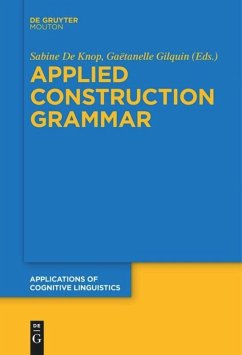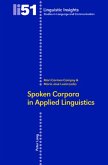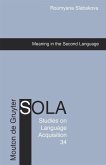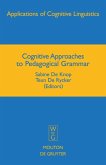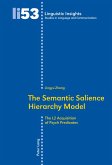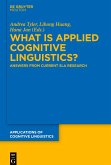Current research within the framework of Construction Grammar (CxG) has mainly adopted a theoretical or descriptive approach, neglecting the more applied perspective and especially the question of how language acquisition and pedagogy can benefit from a CxG-based approach. The present volume explores various aspects of "Applied Construction Grammar" through a collection of studies that apply CxG and CxG-inspired approaches to relevant issues in L2 acquisition and teaching. Relying on empirical data and covering a wide range of constructions and languages, the chapters show how the cross-fertilization of CxG and L2 acquisition/teaching can improve the description of learners' use of constructions, provide theoretical insights into the processes underlying their acquisition (e.g. with reference to inheritance links or transfer from the L1), or lead to novel teaching practices and resources aimed to help learners make the generalizations that native speakers make naturally from the input they receive.
Bitte wählen Sie Ihr Anliegen aus.
Rechnungen
Retourenschein anfordern
Bestellstatus
Storno

